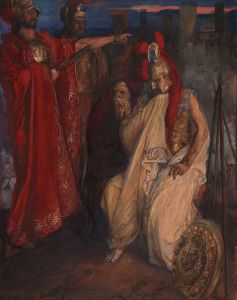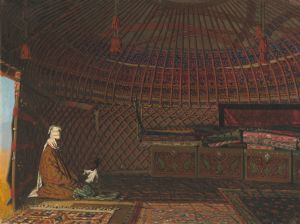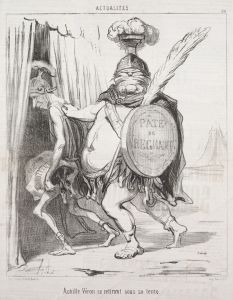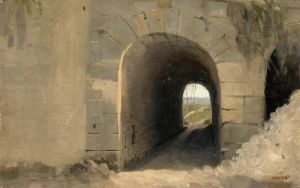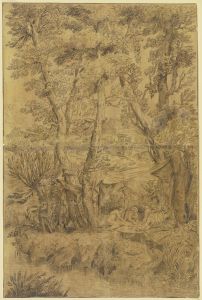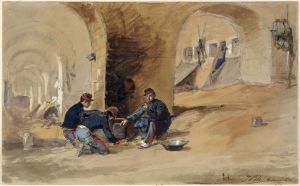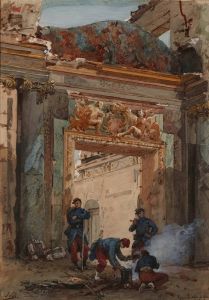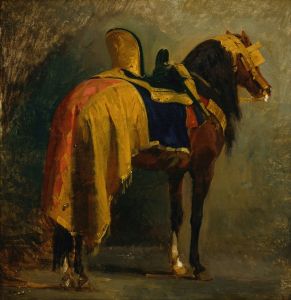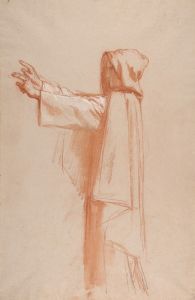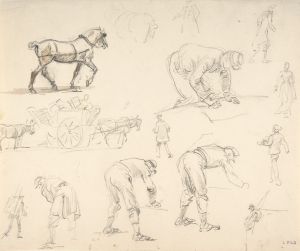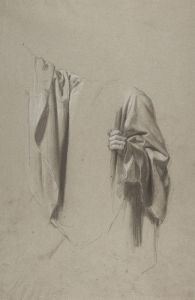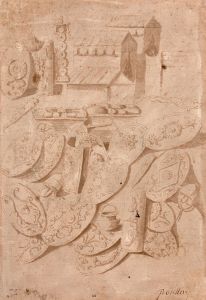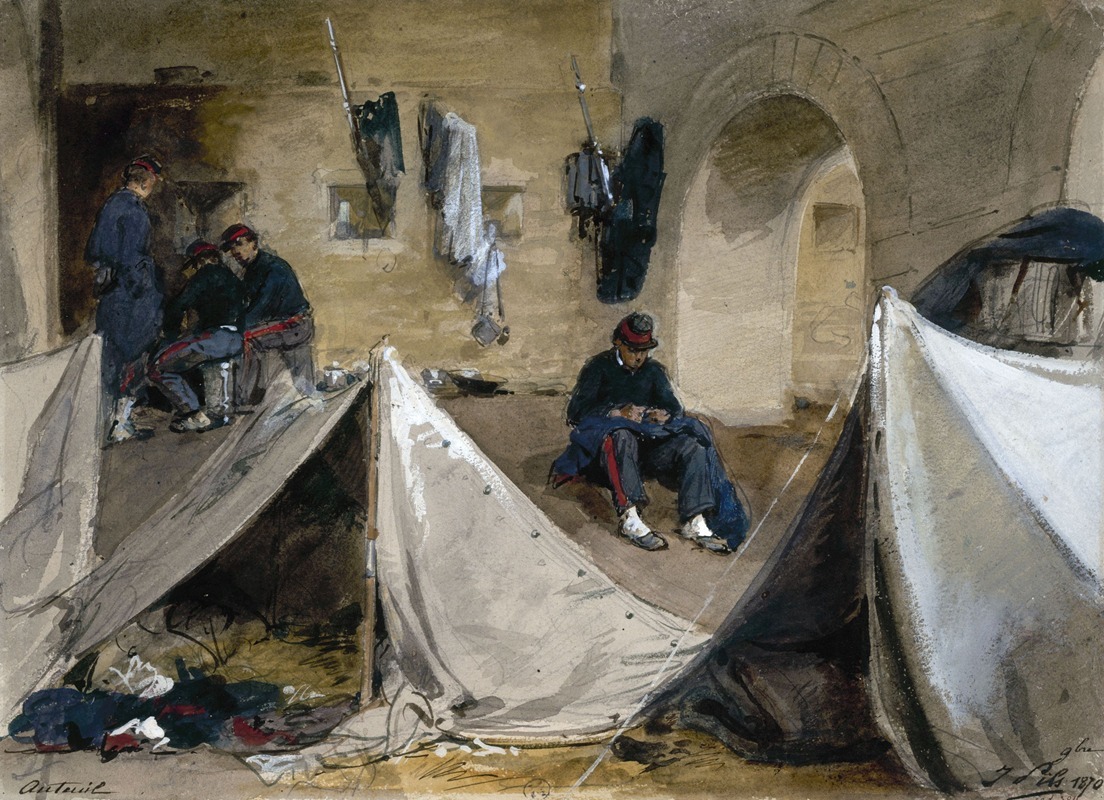
Campement de mobiles bretons sous le viaduc d’Auteuil en 1870.
A hand-painted replica of Isidore Pils’s masterpiece Campement de mobiles bretons sous le viaduc d’Auteuil en 1870., meticulously crafted by professional artists to capture the true essence of the original. Each piece is created with museum-quality canvas and rare mineral pigments, carefully painted by experienced artists with delicate brushstrokes and rich, layered colors to perfectly recreate the texture of the original artwork. Unlike machine-printed reproductions, this hand-painted version brings the painting to life, infused with the artist’s emotions and skill in every stroke. Whether for personal collection or home decoration, it instantly elevates the artistic atmosphere of any space.
Isidore Pils' painting Campement de mobiles bretons sous le viaduc d’Auteuil en 1870 depicts a scene from the Franco-Prussian War (1870–1871), a significant conflict between the Second French Empire and the Kingdom of Prussia, along with its German allies. The artwork captures a moment during the Siege of Paris, a pivotal episode in the war when the city was surrounded and besieged by Prussian forces from September 1870 to January 1871.
The painting shows a group of Breton mobile guards (mobiles bretons) encamped beneath the Auteuil viaduct in Paris. The "mobiles" were part of the Garde Mobile, a militia force composed of men who were not part of the regular army but were called up to defend France during the war. Many of these men came from rural regions, including Brittany, and were often inexperienced in military combat. The inclusion of Breton soldiers highlights the regional diversity of the forces defending Paris during the siege.
The Auteuil viaduct, located in the western part of Paris, served as a recognizable landmark in the city. During the siege, various parts of Paris were repurposed for military use, with public spaces and infrastructure often becoming sites for encampments, fortifications, or supply depots. The painting likely reflects the harsh conditions faced by the defenders of Paris, who endured cold weather, food shortages, and constant threats from the besieging forces.
Isidore Pils (1813–1875), the artist, was a French painter known for his historical and military-themed works. He studied at the École des Beaux-Arts in Paris and gained recognition for his detailed and dramatic depictions of contemporary events. Pils' work often sought to document and commemorate significant moments in French history, and this painting is no exception. By focusing on the Breton mobile guards, Pils not only illustrates the human dimension of the war but also pays tribute to the sacrifices made by ordinary citizens in defense of their country.
The painting is notable for its realistic portrayal of the soldiers and their environment. Pils' attention to detail conveys the somber and challenging atmosphere of the encampment, emphasizing the resilience and determination of the defenders despite their difficult circumstances. The work serves as both a historical record and a poignant reminder of the human cost of war.
Today, Campement de mobiles bretons sous le viaduc d’Auteuil en 1870 is recognized as an important piece of war art, offering insight into the experiences of those who lived through the Franco-Prussian War and the Siege of Paris.





